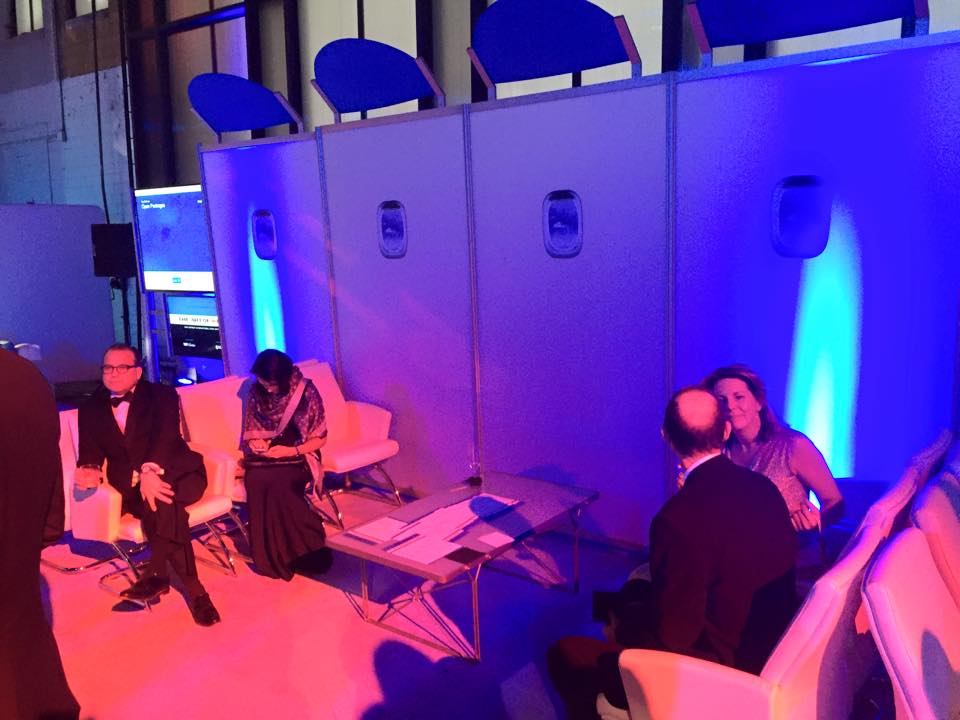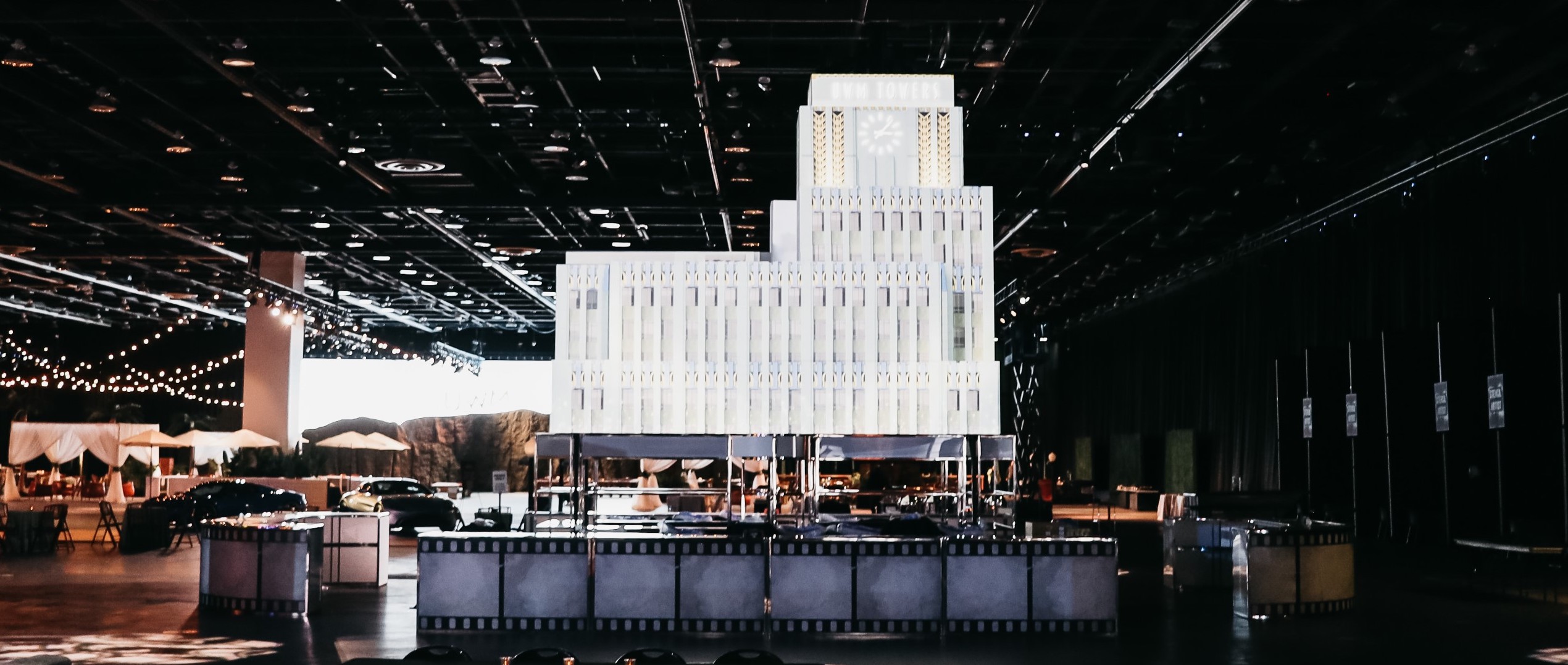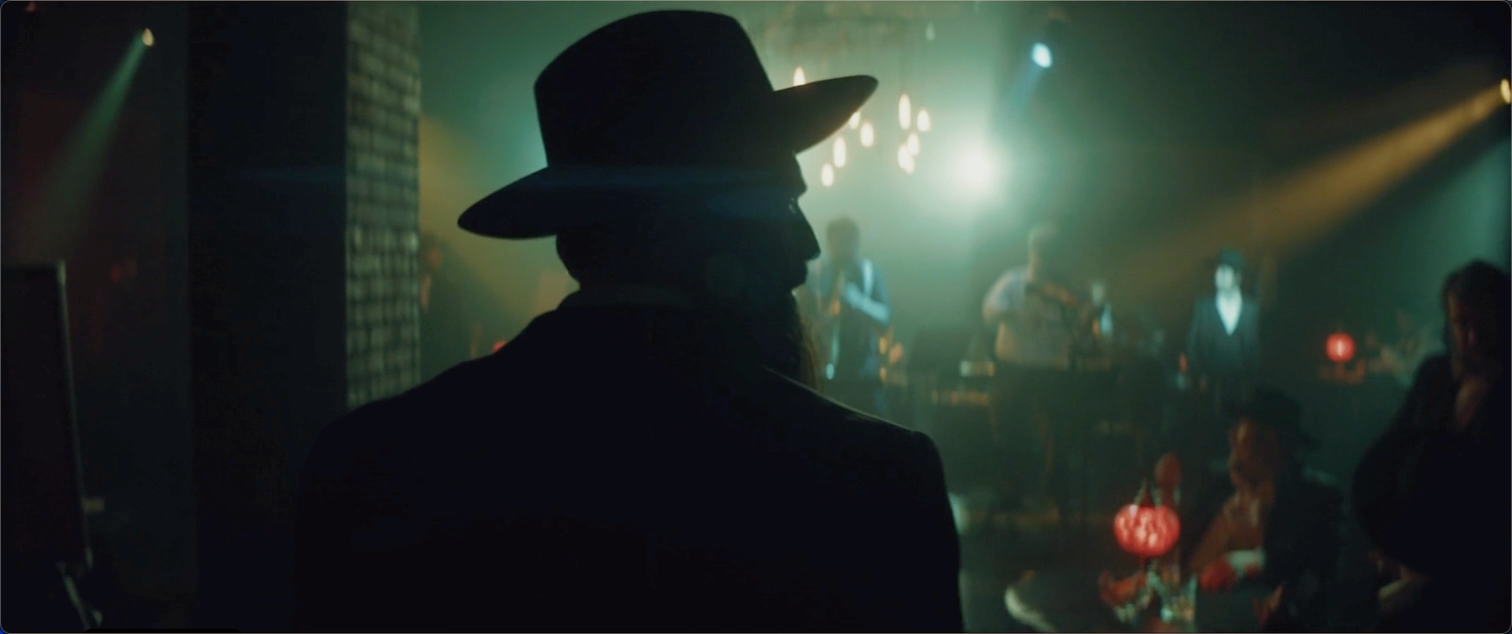It doesn’t matter what size your company is — if you have more than a few people working together, there’s an opportunity to be found in changing pace with a team-building event. Re-energize your group, build relationships across departments or branches, and strengthen existing bonds by helping people overcome fears, work toward shared goals, expose hidden talents, and generally knit together a stronger team.
Planning a Team-Building Event
It’s all too easy to put together a team-building event that had a wealth of unintended consequences that range from invoking over-competitiveness and hostility to creating embarrassing and humiliating moments for some participants. The first step toward building an event that will sidestep all that is to think of your event as a play — a play in which you’re writing a script that will mimic the dynamics and interactions you’d like to see back at the office. For example:

- If the goal is increased office participation, your event needs to have every single participant providing input as to the structure of the event and every single participant with an active role in the event itself.
- If the goal is learning a new organizational model, your event needs to mimic the organizational model in its design and execution.
- If the goal is encouraging cross-department interaction, your event needs to team up members of different departments and prevent direct co-workers from participating as teammates.
This means that you cannot use the team-building event to introduce these changes or initiatives — they have to be in place before the event, so that the event acts as reinforcement, not as the first time these roles are being taken on by the participants. That way, acting them out in a different environment, with a different goal, will allow the participants to feel out their roles and bring those intuitions back to the office with them.
Watch Out for Existing Dynamics that Might Interfere
One of the most common reasons team-building exercises fail is that a team’s old dynamics kick in and interfere with the new dynamics you’re attempting to build — it’s very easy to fall back on familiar roles and interactions. Counterintuitively, to bypass this effect, you must not focus too much on any individual’s known traits.
Teams are like molecules: putting a bunch of atoms together might just result in a pile of atoms…but sometimes, you suddenly find yourself looking at hydroxypropylmethylcellulose. It doesn’t matter what the attributes of those oxygen molecules are — it only matters what the molecule as a whole can do. So rather than pointing out that Diane is reverting to her old routine with Mark, just tell them both to focus on the team’s progress and what they can do to contribute.
Don’t Be a Cliché
Seriously: trust falls and kumbaya are so fifty years ago. Camo and paintballs are so twenty years ago. Today’s workers are already more connected (think social media), more self-aware, and more cynical than you think they are — if you want to really build a team, you need to start with that whole ‘play’ notion above. Consider exercises that require the team to work together to accomplish a goal, and then allow them to reap the rewards collectively — like cooking a meal and then eating it, or finding a geocache and sharing the ‘treasure.’
If you can follow those basic tips, you can put together a team-building event that people will look back on positively — and maybe even put together a team that will keep kicking butt for you for years to come.



